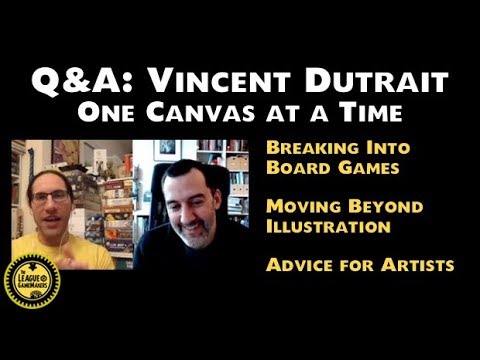
Designers have all sorts of goals for making games. Some have ideas they just can’t keep in. Some want something fun to do with their gamer friends. And some want to make a bunch of money (good luck with that).
One of my biggest game design goals is to create as much joy in the world as possible. That means the game has to create joy in the people who play it, but it also means that the more people that play the game, the better. This goal has made me wonder:
WHAT’S THE BEST WAY TO SPREAD YOUR GAME?
Today I’m going to discuss one strategy, which is to make your game viral. Viral games have a bit of a negative connotation because of how aggressively some digital game developers have pushed their games on facebook and the like. But I’m using viral in a more broad sense here. By viral, I mean that when the game is played, it tends to perpetuate more plays in the future. I’m not trying to manipulate anyone or anything… I just want my game to help spread itself.
CAVEATS
Before we get into what makes a game viral, though, I want to say that I’m not making any claims about these games being better than games that don’t tend to perpetuate themselves. There are great games that spread themselves, and there are great games that don’t. If you don’t care about making a viral game, that’s fine, and I think nothing less about your game because of that.
I also want to say that these aren’t hard and fast rules. Some games that have all of these characteristics won’t spread very far at all, while others without any of them will somehow become extremely popular.
With those out of the way, let’s look at some characteristics that can help make a game go viral!
MAKE IT FUN
Let’s start with the most important characteristic: your game needs to be fun. This isn’t the place to learn how to make your game fun… there are a million other articles for that. Just don’t think that your game will become popular when people don’t want to play it in the first place.
MAKE IS ACCESSIBLE
The next important thing is to make the barrier of entry for your game low. If your game can only be enjoyed (or understood) by 20 year war gaming veterans, it’s not going to spread very far. But if anyone can figure out how to play (and more importantly, start having fun) in 5 minutes, your player pool is huge, and there’s a decent chance random people who see your game could be future players.
CREATE PRESENCE
By this I mean get your game noticed. Great, striking art is important here, but as a designer, you should think bigger. In a game like Terror in Meeple City, players create elaborate structures out of cardboard and wood, then destroy them spectacularly over the course of the game. In Space Cadets, players frantically perform dexterity tasks while shouting instructions to each other. And I don’t need to tell you the attention Cards Against Humanity attracts.
What all of these games do well is make themselves visible to people outside of the game, creating interest beyond the immediate players. If your game’s main action happens inside the players’ heads, no one will notice, and potential players won’t get curious. Even if your game isn’t as extreme as those listed above, getting your players to talk and laugh can make a big difference.
ACCOMMODATE WIDE PLAYER COUNTS
Letting big groups play your game helps in two ways. First, it means random folks can be pulled into the game as it’s being set up, which might happen if your game creates presence. If your game requires players to be turned away, it’s hurting its own chances to spread.
Second, big groups will tend to be less tight. This is a tricky concept, but the basic idea is that close groups aren’t likely to spread games to other groups, since they always play with each other. If members of different social groups play together, they can each bring the game to their own respective groups later.
KEEP IT QUICK
A quick game can be played multiple times is a row, which is great if it attracts attention and can support a lot of players. People who are curious from the excitement generated from the first game can immediately hop in the second, giving them the opportunity to join in the fun themselves. Quick games also tend to be more accessible.
MAKE IT LANGUAGE NEUTRAL
American designers often put a lot of text in their games, probably because a lot of famous American games *cough*Magic*cough* are very text heavy. But if you can make your game language independent, you’re avoiding the artificial barriers created by requiring knowledge of a specific language to play the game. It lets bi-lingual people at cons learn the game in English, then teach it to their friends who speak Spanish, German, or whatever! It’s just one more way to make your game accessible.
MAKE IT META
Creating a reason for people to talk about your game even when not playing is another great way to spread the game. Obviously, creating good stories and experiences is the simplest way to do this. But another strategy is to make the game too big for any one player to completely own. This is a strategy used by many huge games, like Warhammer. No one player can own all of the game, so to experience the whole thing, they get their friends to buy into a new part of the game. Trading is another great way to get people to spread the game even when not playing it.
MAKE IT NOVEL
If your game is derivative, it will always be compared to what came before it, probably unfavorably. If you want people to tell their friends about your game, give them a reason to. Give them an experience unlike anything else, and they’ll want to share it with others.
Today I’ve covered a bunch of ways to make your game viral, some very general, some very specific. But I’m sure there are many, many other ways. What did I miss? Are there any games have are especially good at spreading themselves? What strategies do they use?








